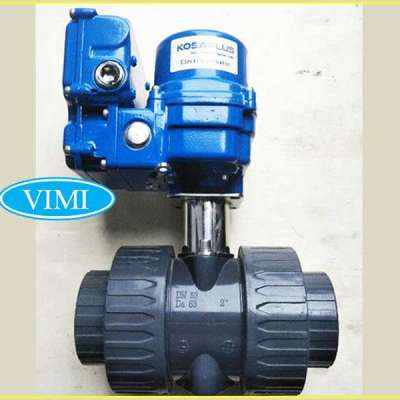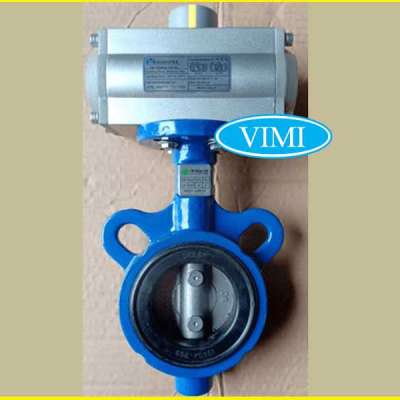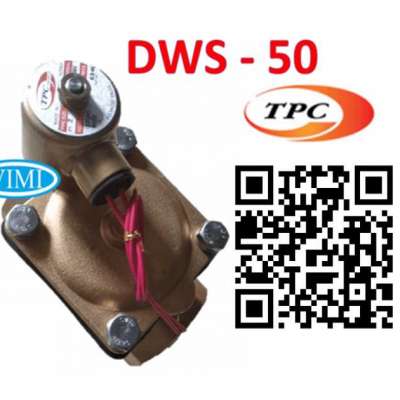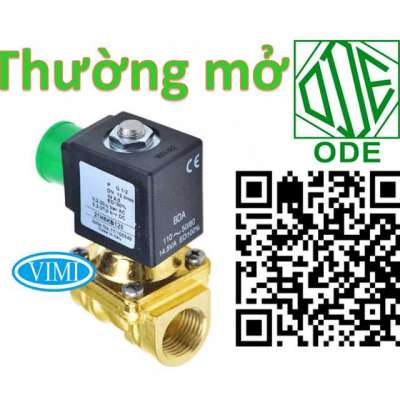Introduction to Camera Module Bonding Adhesive: Weaving Vision and Precision
In a world captivated by images and visual experiences, the integration of advanced camera modules into our devices has rewritten the script of modern communication. These miniature marvels, nestled within the intricate framework of our smartphones, laptops, automobiles, and more, have elevated photography and videography to an art form accessible to all. Yet, behind the captivating images lies a lesser-known hero, the camera module bonding adhesive, responsible for the seamless orchestration of complex components that bring these devices to life.
Unveiling the Crucial Role of Camera Module Bonding Adhesive
The camera module bonding adhesive may not grace headlines or feature in dazzling tech showcases, but its role is nothing short of transformative. It serves as the quiet architect that binds together the delicate elements within a camera module, constructing the foundation upon which a world of visuals is built. Beyond its role as a mere adhesive, this remarkable substance contributes to a symphony of functions – from precision alignment of optical components to vibration absorption, heat dissipation, moisture resistance, and more.
Consider the sophistication of a smartphone camera module: an intricate assembly that combines cutting-edge technology in a confined space. The camera module bonding adhesive is the unsung hero that ensures each piece, whether it's the lens, sensor, or circuitry, finds its designated place, resulting in the high-quality images we often take for granted.
Mastering the Craft: Key Characteristics of Camera Module Bonding Adhesive
The formulation of camera module bonding adhesive is a delicate art, meticulously tailored to cater to the intricate demands of today's camera module designs. Several pivotal characteristics guide its composition:
Optical Transparency: In the world of optics, every photon matters. The adhesive must be optically transparent, allowing light to traverse the lens and sensor without distortion, preserving image quality and fidelity.
Strength of Adhesion: The adhesive's ability to bond is paramount, ensuring that the camera module's components remain firmly in place despite external shocks, vibrations, and other mechanical stresses.
Thermal Conductivity: Cameras generate heat during operation, which can adversely affect image quality and performance. A high-quality adhesive with efficient thermal conductivity helps dissipate this heat, safeguarding optimal functionality.
Flexibility: Flexibility is a key attribute, allowing the adhesive to absorb micro-level vibrations, shocks, and movements without compromising the camera module's structural integrity.
Environmental Resilience: The adhesive should act as a guardian, shielding sensitive components from moisture, dust, and contaminants that could compromise their functionality over time.
Manufacturability: The adhesive must seamlessly integrate into modern manufacturing processes, facilitating precise application, quick curing, and efficient integration into automated assembly lines.
Longevity and Durability: Just as we expect cameras to perform consistently over time, the adhesive should retain its properties and performance throughout the lifecycle of the device.
Sustainability: Reflecting the growing emphasis on eco-consciousness, camera module bonding adhesives are being developed with formulations that minimize their environmental impact.
Pioneering Progress: Innovations in Camera Module Bonding Adhesive
In the pursuit of excellence, researchers and manufacturers are constantly refining adhesive technology. These advancements are shaping the trajectory of camera module design:
An innovation of note is the integration of nanotechnology into adhesive formulation. Nanoparticles embedded within the adhesive matrix enhance thermal conductivity without compromising other critical properties. This breakthrough not only improves heat dissipation but also contributes to the overall compactness of camera modules.
Furthermore, the advent of foldable and flexible devices has spurred the development of adhesives capable of accommodating dynamic movements. These flexible adhesives ensure that camera components remain secure even as the device shape-shifts, allowing for innovative designs without compromising performance.
Conclusion
In a world where visual storytelling reigns supreme, camera modules stand as storytellers, capturing the essence of moments and the grandeur of scenes. Behind the scenes, the camera module bonding adhesive acts as the unsung bard, weaving the tale of seamless technology that enables these experiences.
As technology strides boldly forward, the camera module bonding adhesive marches alongside, ready to embrace innovations yet unseen. Its quiet but crucial role continues to shape our visual world, reminding us that the most profound progress often resides in the smallest of details – the intricate layers that make possible the captivating images that inspire us all. Visit More : https://www.electronicadhesive.....com/camera-module-b
Synes godt om
Kommentar
Del















